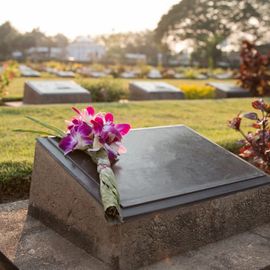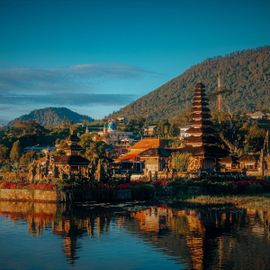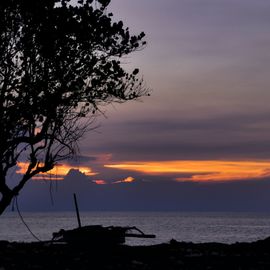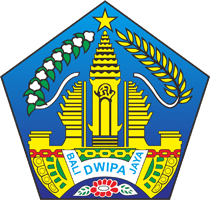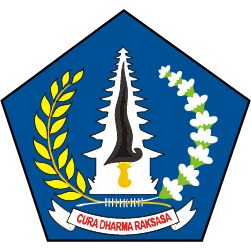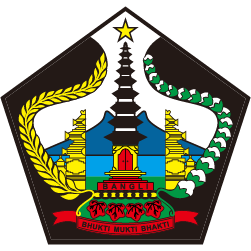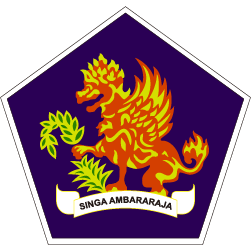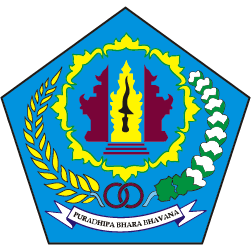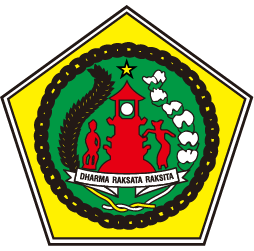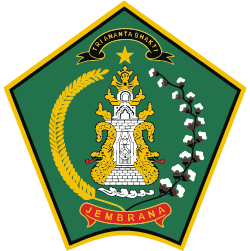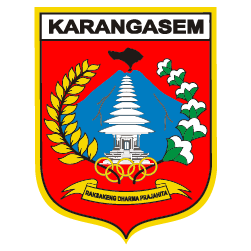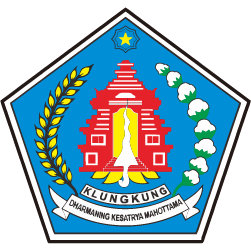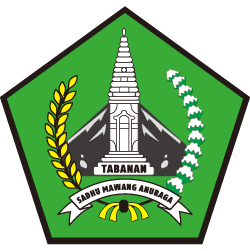Learn The History Of The Puputan War Margarana At The Taman Makam Pahlawan Margarana
Learn The History Of The Puputan War Margarana At The Taman Makam Pahlawan Margarana.
Educational tourism in Bali isn’t always about visiting the museum. There are many places for you to visit if you want to have an educational tour. Taman Makam Pahlawan Margarana (Margarana Heroes Cemetery), for example. Although it’s sounds kinda strange as a tourist attraction, the adequate facilities make this place very interesting to be visited.
Studying History at the Margarana Heroes Cemetery
Monumen Nasional Taman Pujaan Bangsa MargaranaPark was built in 1954 to commemorate the Puputan War Margarana. This war occurred after the proclamation of Indonesian independence, on November 20, 1946. At that time, the forces of the Lesser Sunda Division, led by Colonel I Gusti Ngurah Rai, had to fight the Dutch troops who wanted to return to dominate Indonesia. Unfortunately in the battle, I Gusti Ngurah Rai and all his troops were forced to die on the battlefield.
Not only as a memorial, this monument was also used as a hero's tomb by the local government. There are at least around 1,342 headstones of the independence war heroes who are buried in this 25-hectare land. Including the colonel, I Gusti Ngurah Rai. Because of the large land area and there are many objects that can be seen there, you need to set aside one hour of your time to explore the hero's grave park.
The construction of the tombs was built based on the Tri Mandala concept: upstream, middle, and downstream in one area. Upstream, you can find the Taman Bahagia (Happy Garden) which contains thousands of tombs. Including the tomb of war heroes who are unknown or without identity. While in the middle, it’s a sacred building complex named Taman Pujaan Bangsa. Inside the 4 hectare building, there are several buildings such as the Candi Pahlawan Margarana (Margarana Heroes Temple). The answer to a series of letters written by I Gusti Ngurah Rai to Overste Termeleun, the Dutch leader at that time, was carved on the temple wall.
In the letter, the spirit of patriotism and nationalism of the Indonesian people in general, and Bali in particular, was depicted. They refused to bend to NICA. Candi Pahlawan Margarana has a height of 17 meters with a multilevel or overlapping roof totaling eight, with a square-shaped foundation symbolizing the day of the proclamation of Indonesian independence. In addition to the temple, there is also the National Park or Cultural Arts Park. In this park, there are wantilan and coffee shops. For visitors who want to relax after touring the park, the coffee shop is a place that should not be missed.
Not only that, on the east side of the Heroes of Margarana Temple, there is a historical building. This building serves as a museum that stores various objects of war era. Ranging from booty weapons, communication tools, medical devices, disguise equipment, and also other tools.
While in the downstream or the front part, you can see the court of the ceremony with two gazebos which are provided specifically for visitors who want to relax. This section, also called Taman Karya Alam. From Taman Karya Alam, you can see the Panca Bakti Statue which is the symbol of the unity of all Indonesian people to defend the independence. Faintly in the distance, you can also see wooden buildings built specifically for youth camps.
Monumen Nasional Taman Pujaan Bangsa Margarana is located in Kelaci Village, Marga Dauh Puri District, Tabanan Regency. This is the second memorial to commemorate the Puputan War, besides the Bajra Sandhi Monument in Denpasar. This park is very suitable for tourists, both foreign and local, both children and parents who want to learn more about history.
